How to calculate estimated taxes and make payments for 2025
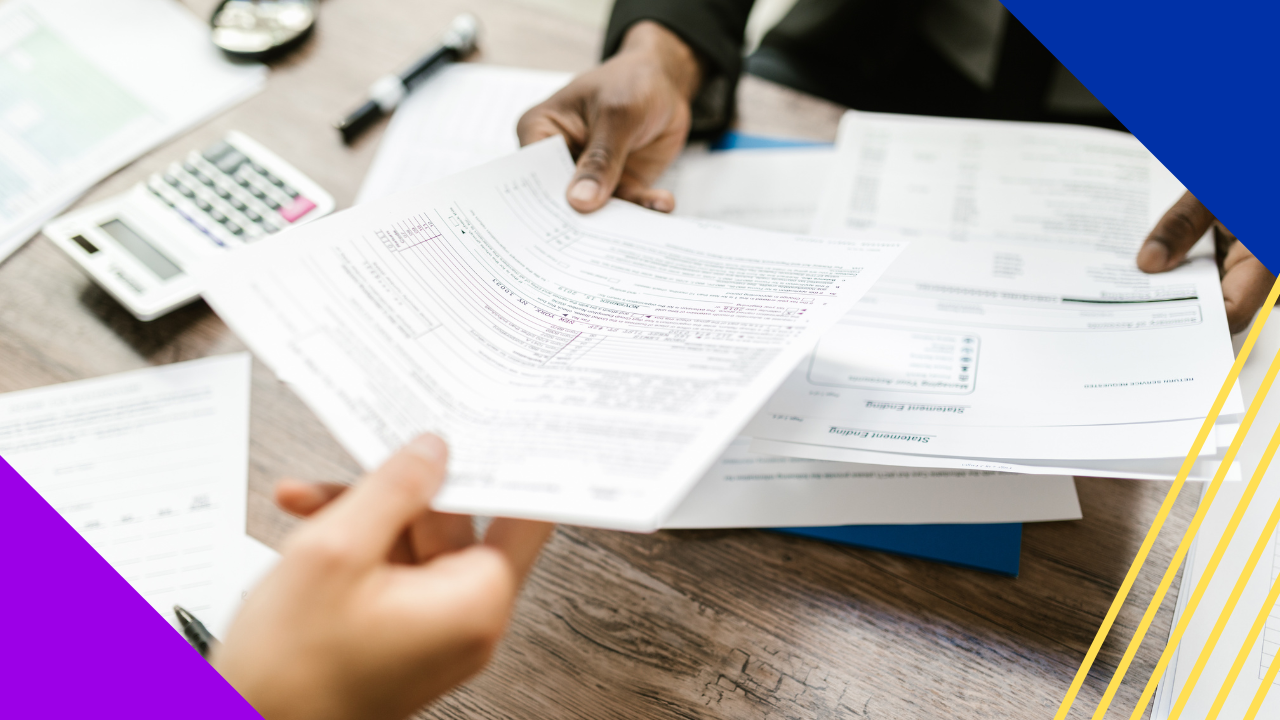
In 2024, the Internal Revenue Service (IRS) collected over $5.1 trillion in tax revenue. A growing portion of that came from individuals making their payments rather than relying on traditional employer withholding.
If you work for yourself, earn income from a side hustle, or receive significant investment income, there’s a good chance you need to pay estimated taxes.
Estimated taxes aren’t just for the self-employed. They apply to anyone who receives income not subject to automatic tax withholding. This includes freelancers, independent contractors, gig workers, and even landlords.
The IRS expects you to keep up with your payment obligations throughout the year, not just when tax season hits.
This guide breaks down what estimated taxes are, who needs to pay them, how to calculate estimated taxes, and how to stay on the IRS’s good side by avoiding penalties.
What are estimated tax payments?
Estimated taxes serve as quarterly payments to the IRS for income sources lacking automatic tax withholding. This includes income from freelance work, rental properties, interest, dividends, and capital gains.
These payments cover your share of:
- Income tax
- Self-employment tax (Social Security and Medicare)
- Alternative minimum tax (if it applies)
If you wait until tax season to pay all of it at once, the IRS may charge you a penalty. That’s why the estimated system exists: to help you stay current throughout the year.
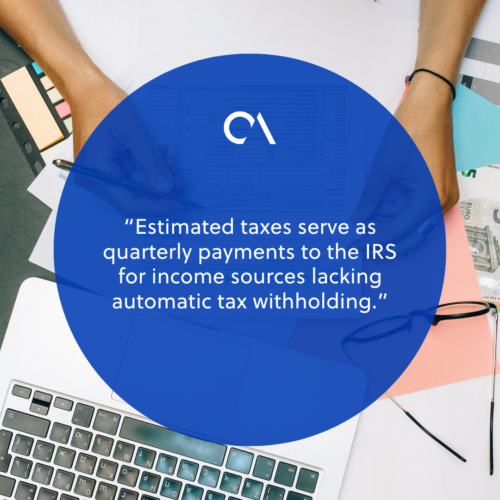
Who has to pay estimated taxes?
You have to pay estimated quarterly taxes if:
- You anticipate a tax liability of $1,000 or greater upon filing your return
- You expect your withholding and refundable credits to be less than 90% of your total tax bill, or less than 100% of last year’s tax (110% if you earn more than $150,000)
You may fall into this category if you:
- Are self-employed or run a business
- Work as a freelancer or contractor
- Have significant investment or rental income
- Receive alimony (for divorces finalised before 2019)
- Have a side hustle or gig work
Who is exempted from paying estimated taxes?
If you’re an employee, your employer likely withholds tax from each paycheck, so you’re usually covered. Still, mistakes happen.
It’s a good idea to check your withholdings by reviewing your pay stubs and submitting an updated Form W-4 if needed.
You’re also off the hook for estimated payments if you meet all three of these conditions:
- For the last tax year, you had zero tax obligation (you were not required to file an income tax return)
- You were a U.S. citizen or resident for the entire year
- Your prior tax year covered a full 12 months
Moreover, if your income is primarily from wages and your employer withholds enough tax, you’re exempt, too.
How to calculate estimated taxes and pay them
Estimating your quarterly tax payments starts with figuring out your total expected bill for the year.
Add up your projected income from all sources, subtract deductions and credits, and apply the relevant tax rates. Remember to add the self-employment tax and any other federal taxes you expect to owe.
Once you have the total, divide it by four to get your estimated quarterly payment.
IRS forms to help with estimated tax payments
These worksheets also come with vouchers if you choose to mail your payments:
- Individuals should use the Estimated Tax Worksheet included in Form 1040-ES
- Corporations should refer to the worksheet in Publication 542 (formerly Form 1120-W)
Here’s a more detailed step-by-step guide to walk you through the entire process:
Step 1: Estimate your taxable income
Start with how much money you expect to make in the year. Add up all income sources.
Include everything from freelance work, business revenue, rental income, interest, dividends, to capital gains. Be realistic but conservative in your estimates.
Step 2: Subtract deductions and credits
Now, subtract what lowers your taxable income. This includes the standard deduction (expected to be around $15,000 for single filers in 2025 as per the IRS), business expenses, and tax credits like the child tax credit or education credits.
If you’re self-employed, don’t forget the self-employment deduction.
Step 3: Calculate your tax liability
Apply the IRS tax brackets for 2025 to your net income. The IRS updates these brackets each year for inflation. Check the service’s official site for the latest figures. Include any self-employment taxes if applicable.
Step 4: Break it into quarterly payments
Divide your total bill by four. These are your estimated quarterly payments. Example:
- Estimated annual tax: $12,000
- Quarterly payments: $3,000 each
Use Form 1040-ES to confirm the amounts and keep records.
Step 5: Submit your payments
Choose a payment method. The fastest options are IRS Direct Pay or EFTPS. You can also mail a cheque with your Form 1040-ES voucher. Save all confirmation receipts.
Remember that late payments can trigger penalties.
Estimated tax payment due dates for 2025
Estimated taxes are due four times a year, spaced to cover income earned during each quarter. Here are the deadlines for 2025:
- Apr 15, 2025 – reflects earnings from January to March 2025
- Jun 16, 2025 – reflects earnings from April to May 2025
- Sep 15, 2025 – reflects earnings from June to August 2025
- Jan 15, 2026 – reflects earnings from September to December 2025
If the 15th falls on a weekend or public holiday, the due date moves to the next business day.
You can skip the first January 15th payment if you file your full 2024 tax return and pay your total balance due by that date. Otherwise, it is still required even if you’re filing your return later in the year.
What happens if you miss estimated tax payments
Missing or underpaying estimated taxes comes with consequences. The IRS doesn’t just send you a reminder, they’ll charge interest and penalties.
Penalty breakdown
- Underpayment penalty – This is calculated based on the amount you underpaid and how long it was unpaid.
- Late payment penalty – This adds on if you make the payment but not on time.
For example, if you underpay by $2,000 and don’t catch up for several months, you could be looking at a few hundred dollars in penalties.
Pro tip: Even if you pay everything when you file your return, you can still get hit with penalties if you didn’t pay enough quarterly.
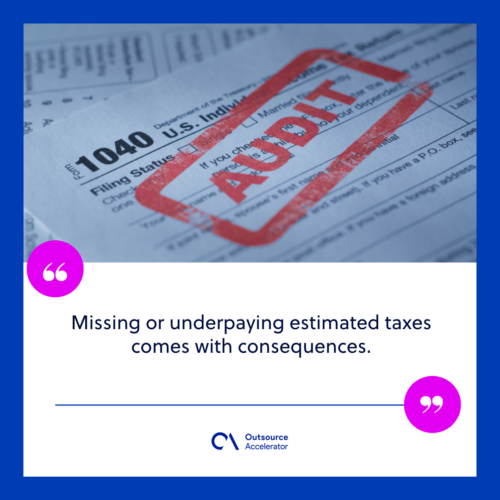
What to do if you miss a payment deadline
If you miss a quarterly estimated tax payment, here are the first things you should do:
1. Pay as soon as possible. Use IRS Direct Pay or EFTPS to submit your missed payment.
2. Check for penalties. Both interest and an underpayment penalty may be assessed. You’ll find details when you file your annual tax return, or you can use Form 2210 to calculate it yourself.
3. Make up the difference. If your next quarterly payment is coming up, increase it to cover the shortfall from the previous period.
4. Keep records. Save confirmation receipts and make a note of the dates. If you later receive a penalty notice, you may be able to reduce or remove it if you acted quickly and kept documentation.
The IRS does offer penalty relief in some cases. That includes natural disasters, serious illness, or if this is your first time missing a payment. But you’ll need to request it and provide support.
The key is to stay proactive. Don’t wait until filing season to fix it. Address missed or late payments right away to limit penalties and keep your tax year on track.
Use safe harbor tax rules to avoid IRS penalties
There are safe harbor rules to help you avoid penalties even if you didn’t calculate everything perfectly.
You’ll generally avoid a penalty if you:
- Pay at least 90% of your tax bill for 2025
- Or pay 100% of your 2024 tax (110% if your income was over $150,000)
This is especially helpful if your income fluctuates or you don’t know exactly how much you’ll earn.
You can use your previous year’s tax return as a base, divide it by four, and pay that amount quarterly. Then, if you end up earning more, you’ll just pay the difference when you file, without penalties.
Stay on top of your estimated quarterly tax deadlines
Let us leave you with a few tips to make sure estimated taxes don’t sneak up on you:
- Set calendar reminders for the due dates.
- Use accounting software or a tax app that tracks income and calculates taxes.
- Create a separate bank account to stash away money for taxes.
- Review your income quarterly. If you’re making more or less than expected, adjust your payments.
- Consult a tax professional if you’re unsure. It may save you more than it costs.
Estimated taxes are easy to ignore until they’re not. Getting into the habit of calculating and paying them on time saves you from a financial headache later. It also keeps the IRS off your back, which is always a win.
Do the math, set the reminders, and make those payments. Your future self (and your accountant) will thank you.

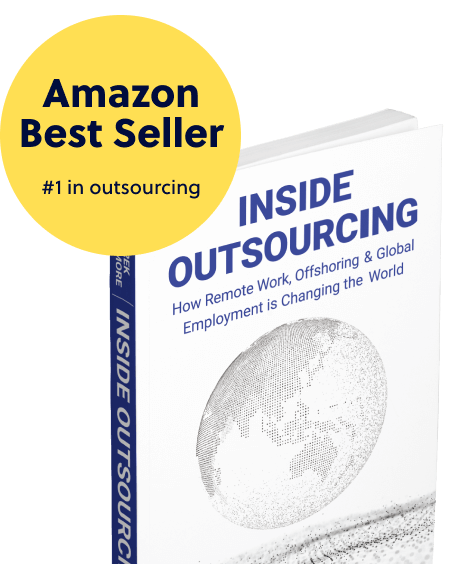

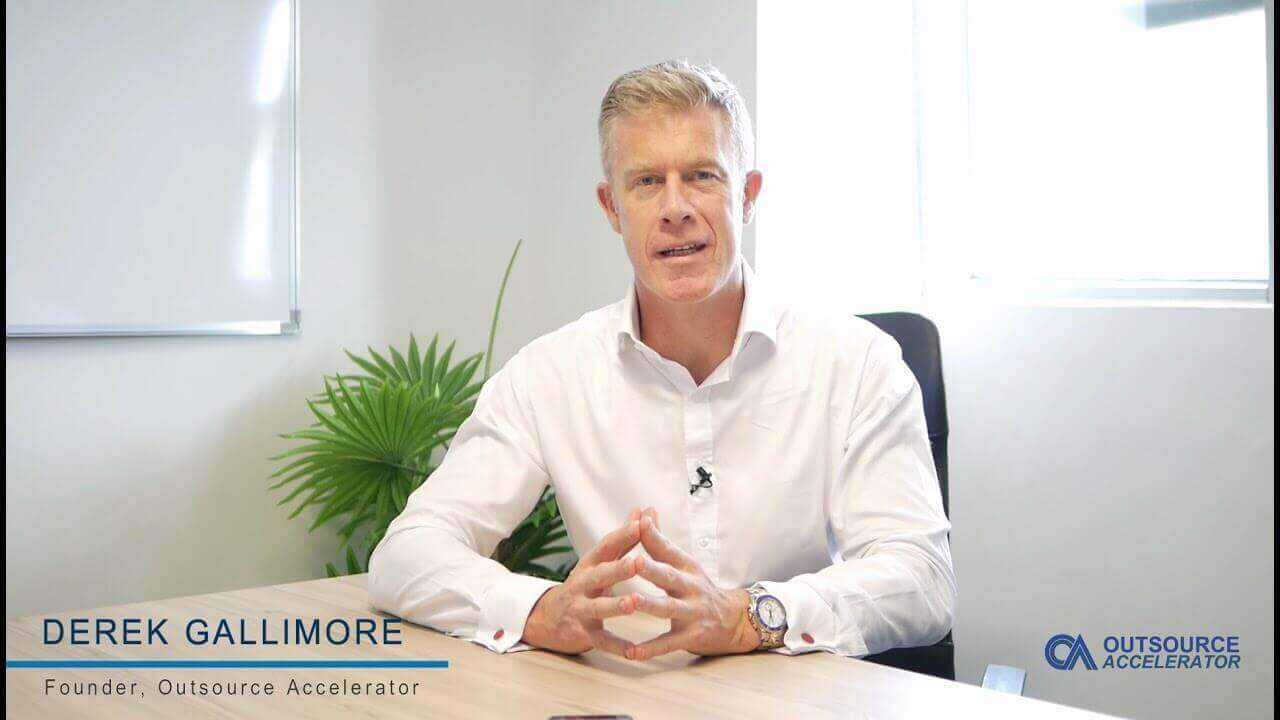

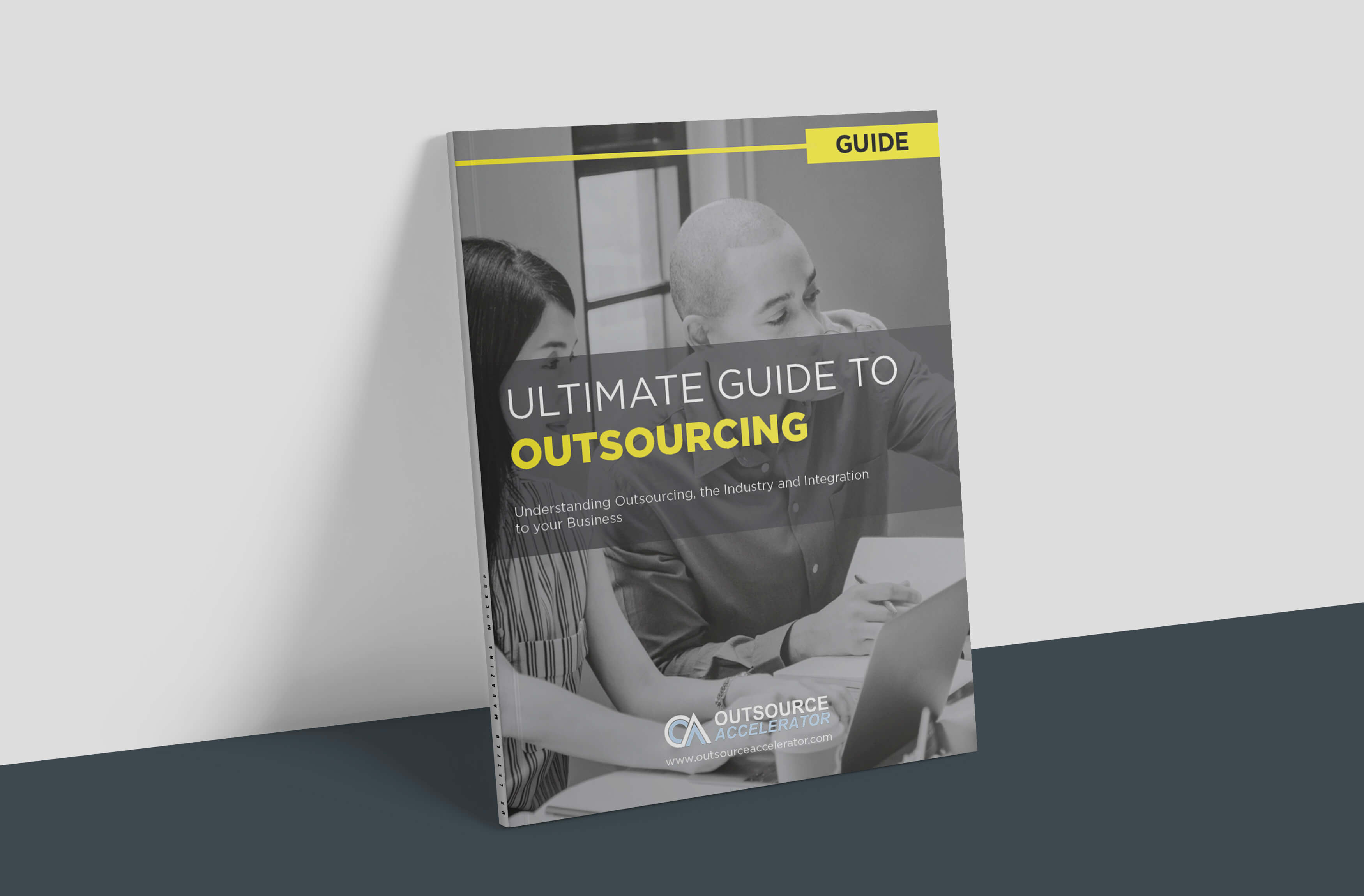

 Independent
Independent




